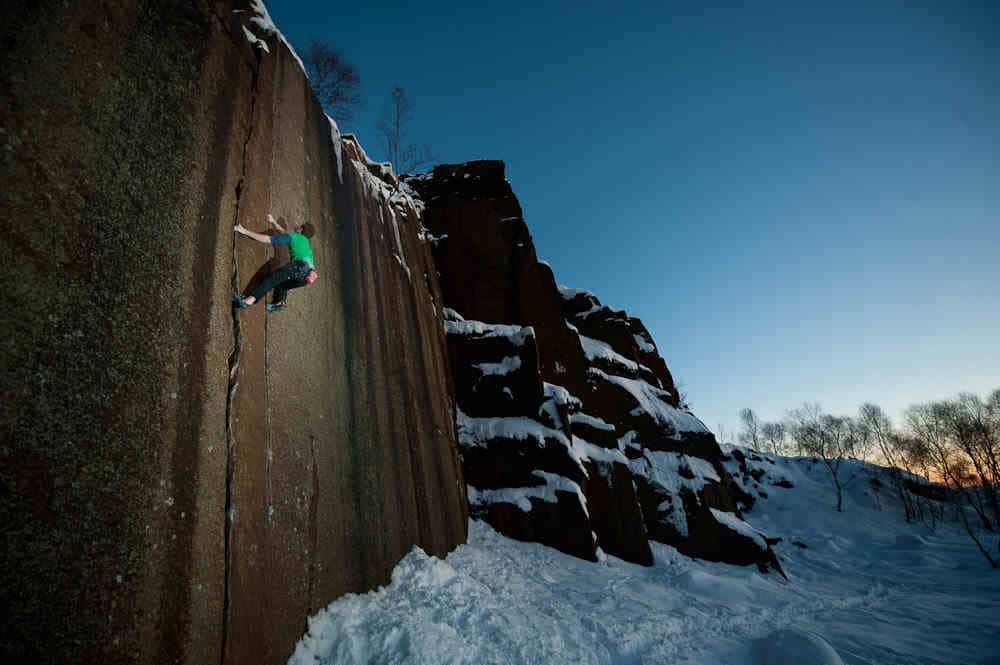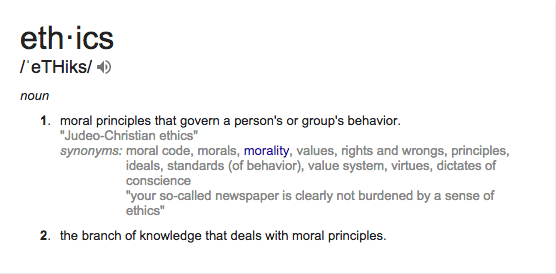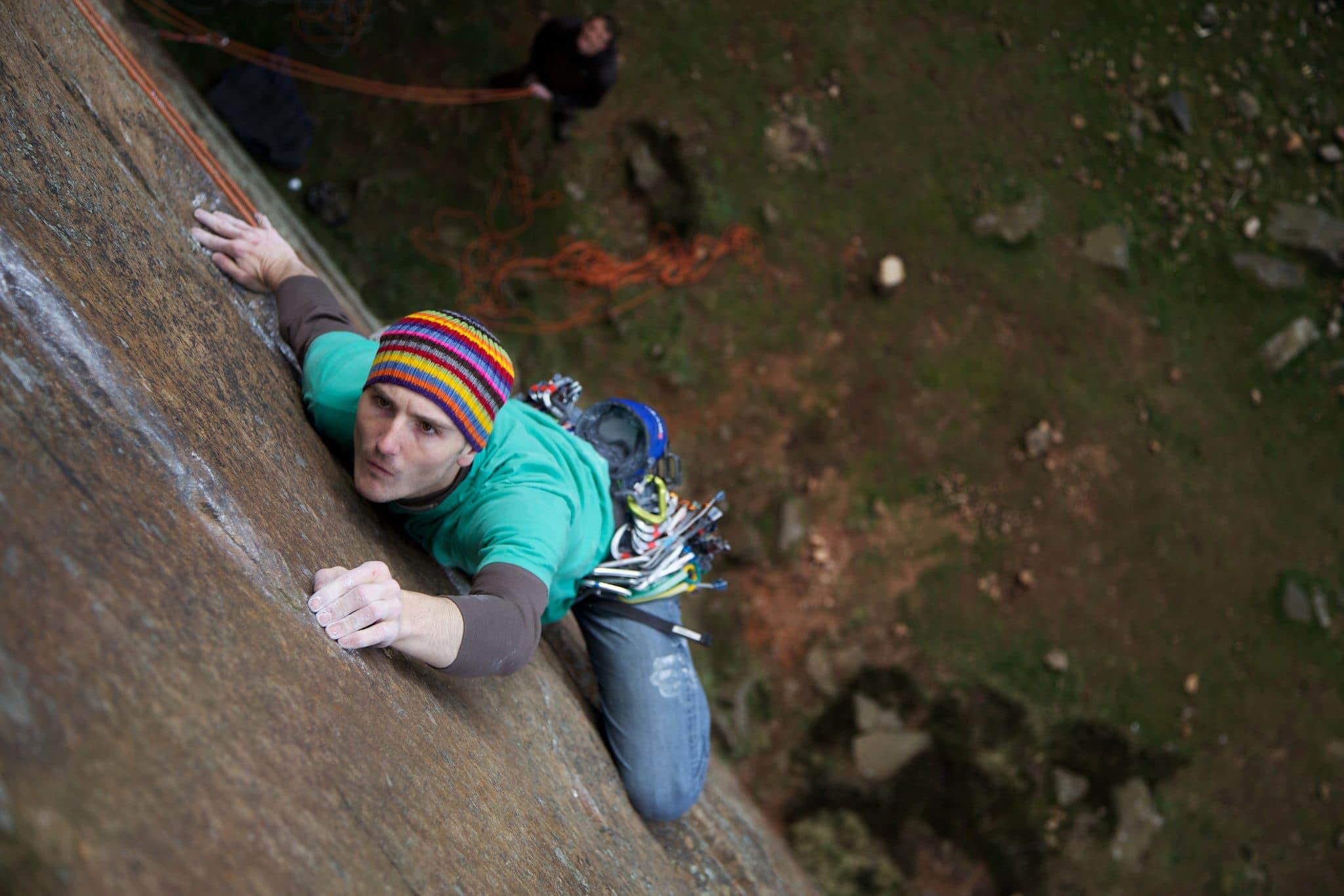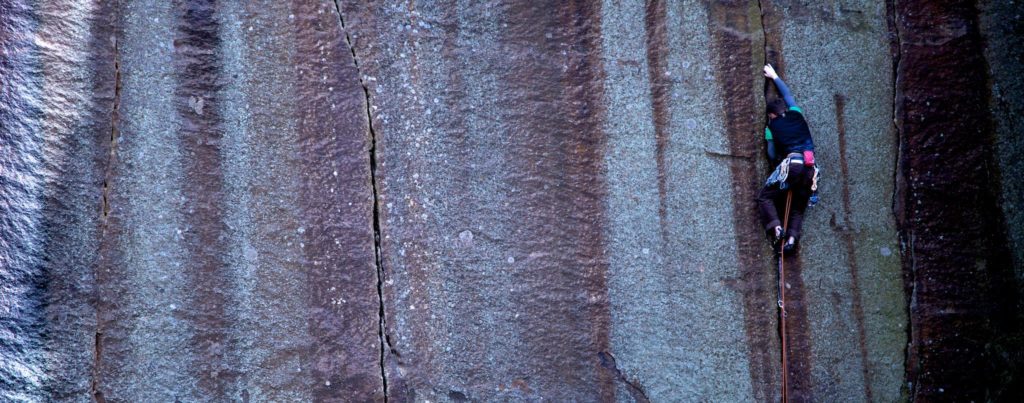“Here the piton and etrier can be used without shame; no raised eyebrows or supercilious glances will be cast at the ringing sound of hammer on peg”
Peter Biven, Further Developments in the Peak District, 1957
Millstone is a crag that has gone on a long ethical journey. Often on the cusp of the changing styles and once a place mainly used to hone aid techniques, it’s now a free-climber’s paradise. It’s been the happy hunting ground for tigers wanting to fight ethical dilemmas and change “the way we do things round here”.
I hate that phrase, “way we do things round here”, it instantly makes me think that something should probably change, but it also signals that one should tread lightly, and understand what represents a tradition that has likely evolved as best practice over a period of time. The recent new pegs placed at Millstone have yet again sparked a polarised ethical debate about fixed gear, but is it actually anything new?
A potted history of Millstone ethics

1956 – First aid ascent of London Wall by Trevor Peck, making some nice finger slots in the process.
1969 – First ascent of Green Death by Tom Proctor using a cemented peg (and chipped holds).
1970ish – Tom Proctor climbs Green Death in winter conditions.
1975 – London Wall climbed free by John Allen, with 2 in-situ pegs now the peg scars were big enough to get your fingers in.
2001 – Shape Shifter – pegged during the foot and mouth outbreak, but un-climbed at the time. The pegs remained in place.
2001 – Top Loader – First ascent by Mike Lea placing new pegs, and using the old relic bolts at the top making it one of the safest E7s (F7c+) on grit. It caused a crag based ethical debate (pre-internet age) but the gear remains.
2001 – Wall Street Crash – originally climbed on old aid bolts, in October 2001 Dave Thomas chopped the bolts and replaced them with lower pegs making a bolder route. There was an outcry at the time, it was clearly not a consensus decision, but the pegs remained. The general theme seemed to be that the old aid bolts should be used until they failed and then the routes done without. An example being Scritto’s Republic whose bolt had already perished, been removed, and climbed solo and on modern gear. Adam Smith’s Invisible Hand‘s old bolts remain in place, though they’re looking very much degraded.
2004 – The London Wall peg round 1 – Tom Randall suggested that the pegs in London Wall should be removed, but the consensus was that they should be left as they would come to the end of their life naturally, without major incident.
2008 – The London Wall peg round 2 – a climber clip-sticked a peg on the lower crack, it snapped and the climber hit the deck. To my knowledge, this peg has never been replaced.
2008 – Tom Randall does the first ascent of Shape Shifter on the original pegs.
2010 – The Dry Tool Fool on Embankment 2 – In December 2010, we had a particularly heavy snowfall and a pair of climbers decided to dry tool Embankment 2 and 3. Unsurprisingly it didn’t go down well with the climbing community. Once the damage is done there’s not much you can do, but as a bit of light hearted protest I soloed it the following day.
2014 – The Keyhole cave bolt – Traditionally there had been an in-situ bit of quarrying relic in the Keyhole Cave, but this was removed when it got close to failure. Prior to this, in 2010 Martin Kocsis proposed adding a lower off into the Keyhole Cave (the routes are significantly harder above the cave) but was out-voted at the BMC area meeting. A large staple appeared in June 2014, making it the only “modern” bolt on grit. Despite some sympathy with the position, no-one came forward as having placed it and the bolt was removed within a week. Approval of the bolt was again voted against at the BMC area meeting.
2015 – New pegs near Lyon’s Corner House – Paul Mitchell places 2 new pegs, on what he believes is a new route, one at about 2m and one on the existing line of African, climbed by Colin Struthers in 2012. Having spoken to Gary Gibson, he also climbed a similar line in April 2014. His focus was the direct finish on the wall between Erb and Lyon’s Corner house and named Erbivore, E5 6b. He described the lower wall as around E3 5c and protectable with wires above a start which was safe enough with a good spotter, this may have been either African, or the line described by Paul.
Looking at that timeline overall, with some challenges along the way, Millstone has been purging its ethical gremlins. To my knowledge no new fixed gear has been placed (or at least remained in place) or replaced, since a flurry of pegs in 2001. The direction of travel is clear, so why a backward step now?
What are ethics anyway and why do they matter?
“Pegs were used on Stanage Edge and Rivelin Edge in the 1950s… Although frowned upon, their use was always justified on the grounds of raising standards.”
Peak Rock, 2014
 In a professional sense, medicine for example, ethics are a set of standards which are accepted by a consensus of peers, an attempt to define best practice. Such professionals who break the standards will be held to account by their peers.
In a professional sense, medicine for example, ethics are a set of standards which are accepted by a consensus of peers, an attempt to define best practice. Such professionals who break the standards will be held to account by their peers.
In climbing, thankfully, there is no standards committee to hold anyone to official account. Climbing by its nature is anarchic and liberal, but a lack of authority doesn’t mean an individual can’t expect to be challenged if he or she makes a decision affecting the community. Even in anarchic political theory there’s a semblance of accountability and responsibility; each individual has at least some incentive not to do something that could cause harm or create a fear of retaliation today, or in the future.
In climbing, there’s no democratic process, there’s organised groups, like the BMC area groups, UKClimbing.com, UKBouldering, even twitter. It’s best that way, we rely on the good judgement of personal actions and intervention, rather than politics.
If an individual wants to challenge the ethic, they can, but the rest of the community will expect them to have made a defensible judgement, and rightly they’ll be challenged if it’s controversial. If it involves damaging the rock then it would be wise to tread carefully, unless there’s a clearly accepted ethic.
Where the climbing community, or rather a disparate group of individuals held together by the consensus of a common ethic find grievance with an action, they will usually retaliate; take pegs out, grind bolts, add bolts, replace pegs, add lower offs, add stakes, sika holds etc. There’s a long history of such actions across the UK.
What’s very clear is that location, history and context matters more than the need to have a one size fits all set of rules. Put a peg in Gogarth and it might raise some eyebrows, put one in Stanage and it’ll probably raise some fists. Likewise, few seem to care that Dinbren is slowly getting retro-bolted, but if the same happened to Our Father at Stoney, there’d be hell to pay. This is why good judgement is needed.
What does this all mean for Millstone?
“Historically, it [pegging] has been tolerated in the quarries, although placing any for a first ascent is still to be avoided if possible, and is considered unacceptable on an established route.”
Burbage, Millstone and Beyond, BMC, 2005

Whilst I have the greatest of respect for the contribution Paul has made to Peak climbing, I think Paul’s initial judgement was flawed on this occasion. He was wrong to place the pegs, even if it had been a completely new line, it seems contrary to the guidance in a book he helped author. Paul could have reasonably expected a backlash against new pegs, even without the benefit of hindsight, but especially given the circumstance in which they were placed: one in an existing line, and one clip-able from the ground.
It’s pretty clear that over the last 10+ years the ethic at Millstone has been to try and move further away from fixed gear. I can imagine a new peg being placed on a significant new hard line at Millstone, but it won’t be without controversy and I wouldn’t place a bet on it happening and certainly not from one of the younger generation capable of doing it. Most of the pegged routes at Millstone tend to be the less popular ones, and once the Embankment 3 peg finally blows (has it gone yet?) it won’t be replaced. Climbing is a broad church, and there’s been some support in favour of the new pegs but I’ve not heard a convincing argument yet. The arguments of pegging “so it gets repeated”, “elitism”, or “why’s the grit so special” are just blunt, completely hypothetical or straw-men, and we’re not raising any standards here. Accusations of a crowded moral high ground make no sense if the majority are taking the view they’re accused of using to claim it.
It may end up that Paul’s route becomes a classic as a crimpy start to African Erb, peg or no peg, it will still be so. At the end of the day it’s all a bit of a storm in a teacup and it’s certainly not the biggest ethical challenge Millstone has ever faced. Despite all the grandstanding and ad hominem on UKC, the pegs still remain, but I’m sure they won’t for long (hopefully after some more repeats). All this signals is that at Millstone, at this point in time, the prevailing ethic is no new fixed gear.
It’s just the way things are done around here.
